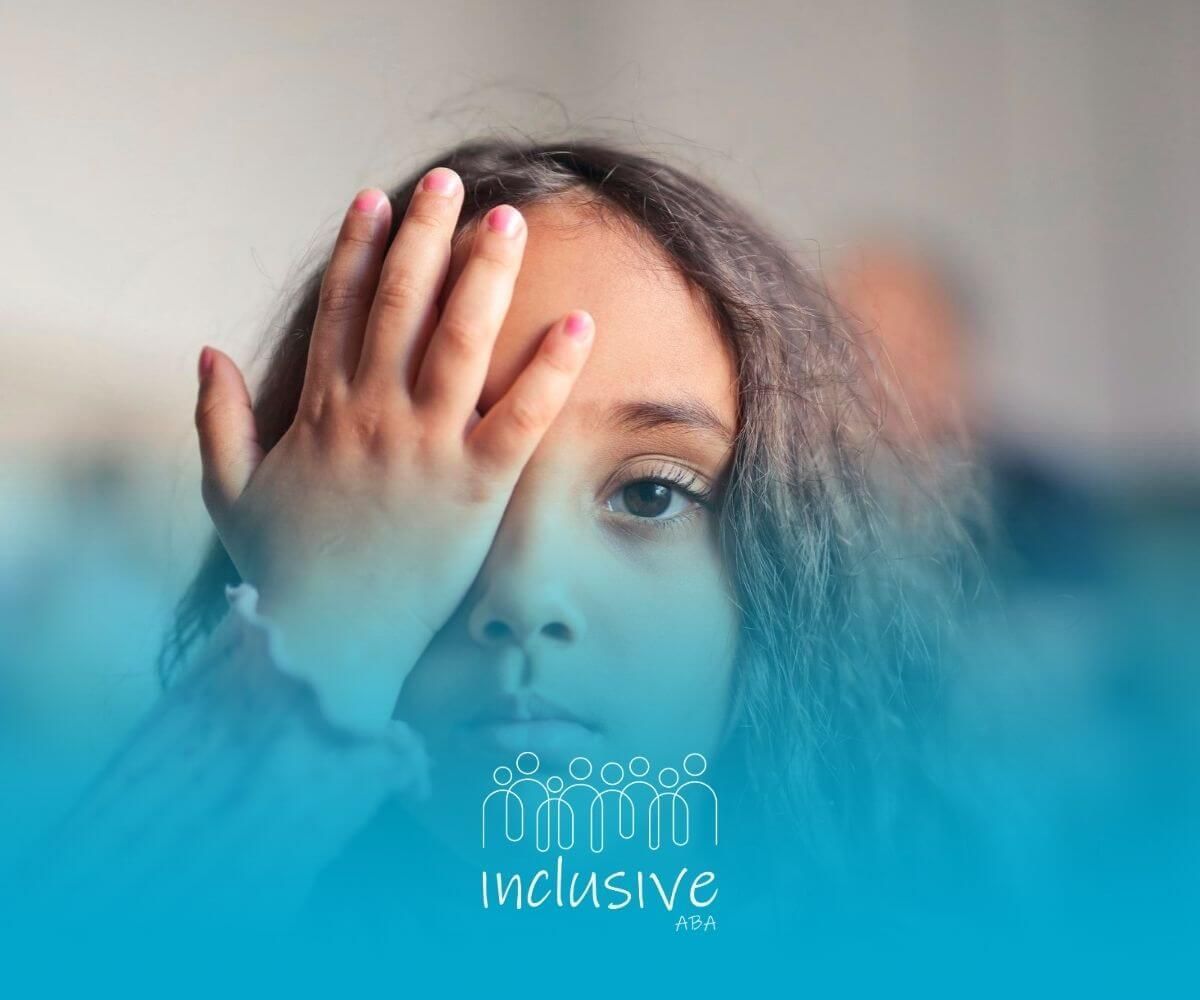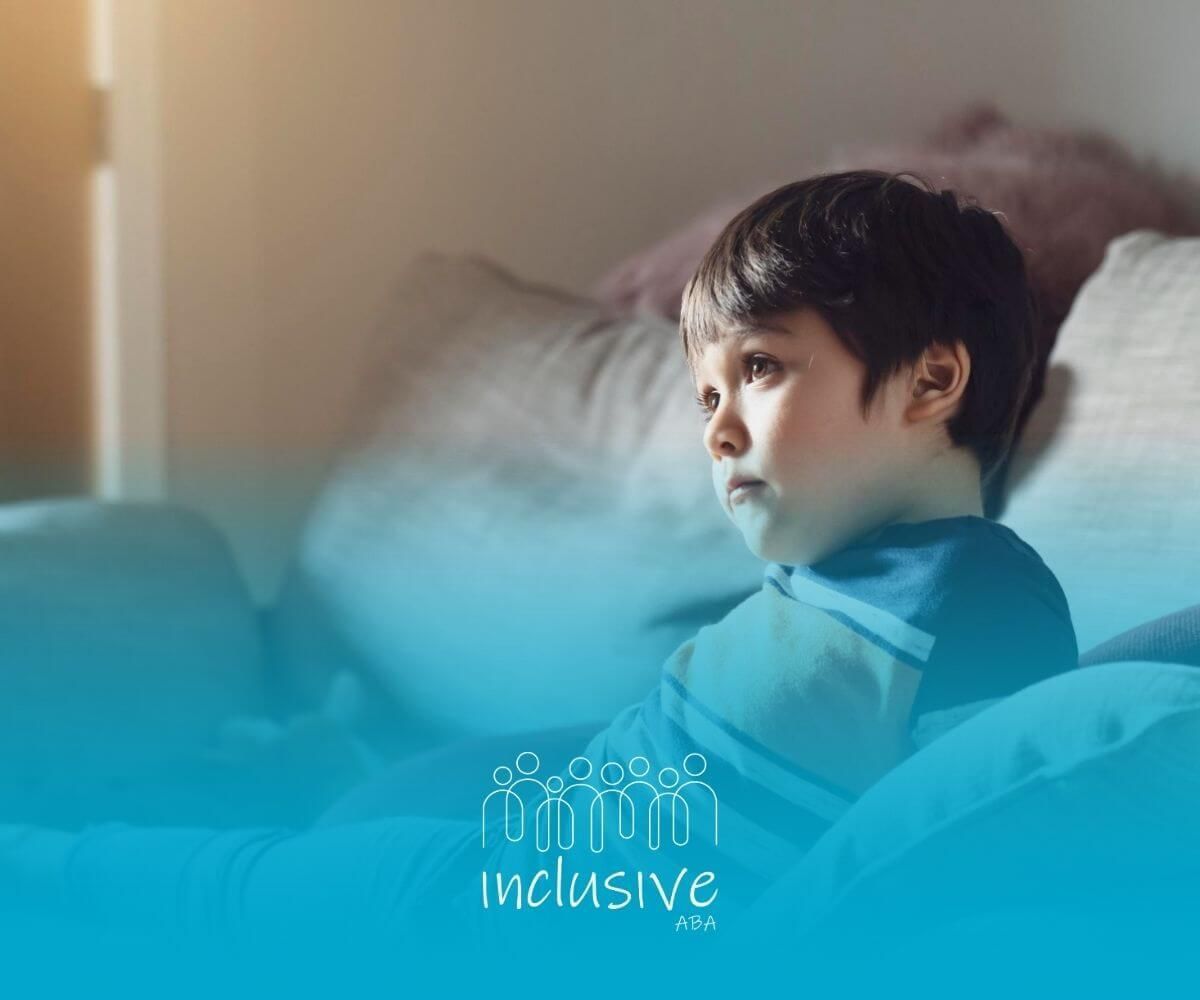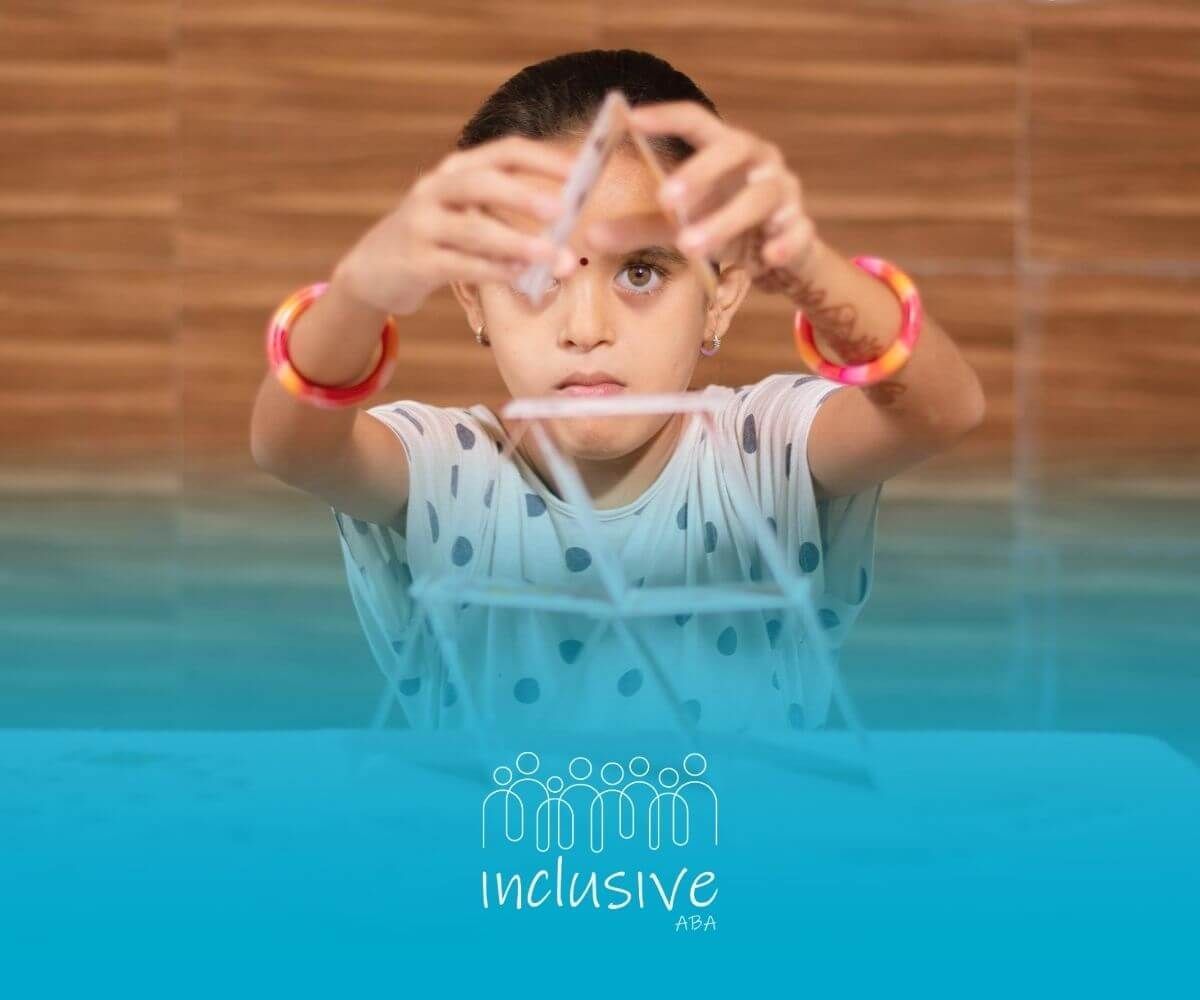How Errorless Learning Transforms ABA Therapy for Children
As an ABA therapist, I’ve worked with many incredible kids and families navigating the world of autism and behavior therapy. One of the most powerful tools I use every day is something called errorless learning. It’s a gentle, effective approach that helps children succeed early and often—and it can make a big difference in how your child learns.
Let’s walk through what it is, how it works, and how we use it at Inclusive ABA to support your child’s growth.
What is Errorless Learning?
At its core, errorless learning is a teaching method where we help a child get the correct response from the very beginning.
Rather than letting them try and possibly fail (which can lead to frustration), we provide support right away—so they experience success immediately. This support could be a visual cue, a gesture, or even gentle physical guidance.
Imagine this:
Your child is learning to identify colors. Instead of asking them to point to “red” among five options and hoping for the best, we guide them toward the right choice. Over time, as they get more confident, we reduce that support.
Why We Use Errorless Learning in ABA
We use this method for a few very important reasons, especially with children who are just beginning their learning journey.
Benefits of errorless learning:
- ✅ Reduces frustration – Fewer mistakes = less discouragement
- ✅ Builds confidence – Kids feel successful and proud
- ✅ Improves learning retention – Correct responses are reinforced immediately
- ✅ Supports independence – Prompts are slowly removed over time
When a child is able to succeed quickly and consistently, they’re much more likely to stay engaged and excited to keep learning.
When is Errorless Learning Most Helpful?
While every child is unique, errorless learning is especially helpful in these situations:
- When a child is new to ABA therapy
- If they become upset easily after making mistakes
- When teaching early communication, motor, or self-care skills
- When building routines like handwashing, dressing, or transitioning between tasks
By providing just the right amount of support at the right time, we keep learning positive and productive.
How We Use Errorless Learning at Inclusive
At Inclusive ABA, we design every learning plan to match your child’s individual strengths, needs, and learning style.
Here’s what that looks like in practice:
Our step-by-step approach:
- Identify a goal – Maybe your child is learning to ask for help or follow a morning routine.
- Start with full support – We give prompts to ensure success right from the start.
- Reinforce success – We celebrate wins, whether it’s a spoken word, a gesture, or a new skill.
- Fade prompts over time – Slowly, we reduce our help until your child can do it on their own.
And we don’t stop there—we also coach you on how to use these techniques at home, so progress continues outside our sessions.
One of the best parts of my job is seeing the pride in a child’s eyes when they realize, “I did it!” That sense of achievement—of truly believing in themselves—is something we work hard to build every day using approaches like errorless learning.
At Inclusive, we’re not just therapists. We’re your partners in helping your child grow with confidence, joy, and real progress.
If you’re curious about how ABA therapy—and strategies like errorless learning—can help your child, we’d love to connect.
Reach out to Inclusive ABA us today. Let’s take the next step together.
Frequently Asked Questions
How is errorless learning different from other teaching methods?
In traditional teaching, children may be expected to make errors and learn from them. That works for some, but not all. For children who may become discouraged or overwhelmed by mistakes, errorless learning offers a positive alternative—helping them feel successful from the start.
Won’t my child become dependent on prompts?
Great question—and a common one. The key to errorless learning is prompt fading. We start with more help, but always with a plan to reduce that support step-by-step. The goal is independence, and we’re always moving toward it.
Can I use errorless learning at home too?
Yes, and we’ll help you do just that. From daily routines to communication and play, we’ll guide you with practical, parent-friendly strategies you can use at home to support your child’s learning journey.
Sources:
- https://ttac.odu.edu/autism/prompts-and-prompt-fading-for-building-independence/
- https://www.thewatsoninstitute.org/watson-life-resources/situation/errorless-learning/
- https://www.fau.edu/education/centersandprograms/card/documents/errorlessteaching.pdf
- https://storage.outreach.psu.edu/autism/78.%20Handout%2010_0.pdf
- https://pmc.ncbi.nlm.nih.gov/articles/PMC7343685/
Looking for Expert Help? We're Here for You!
Our compassionate and skilled team is devoted to enhancing your child's development through customized ABA therapy. Let us partner with you to create a supportive environment for your child's success.
Discover how we can help your family thrive with expert ABA therapy.
Related Posts







